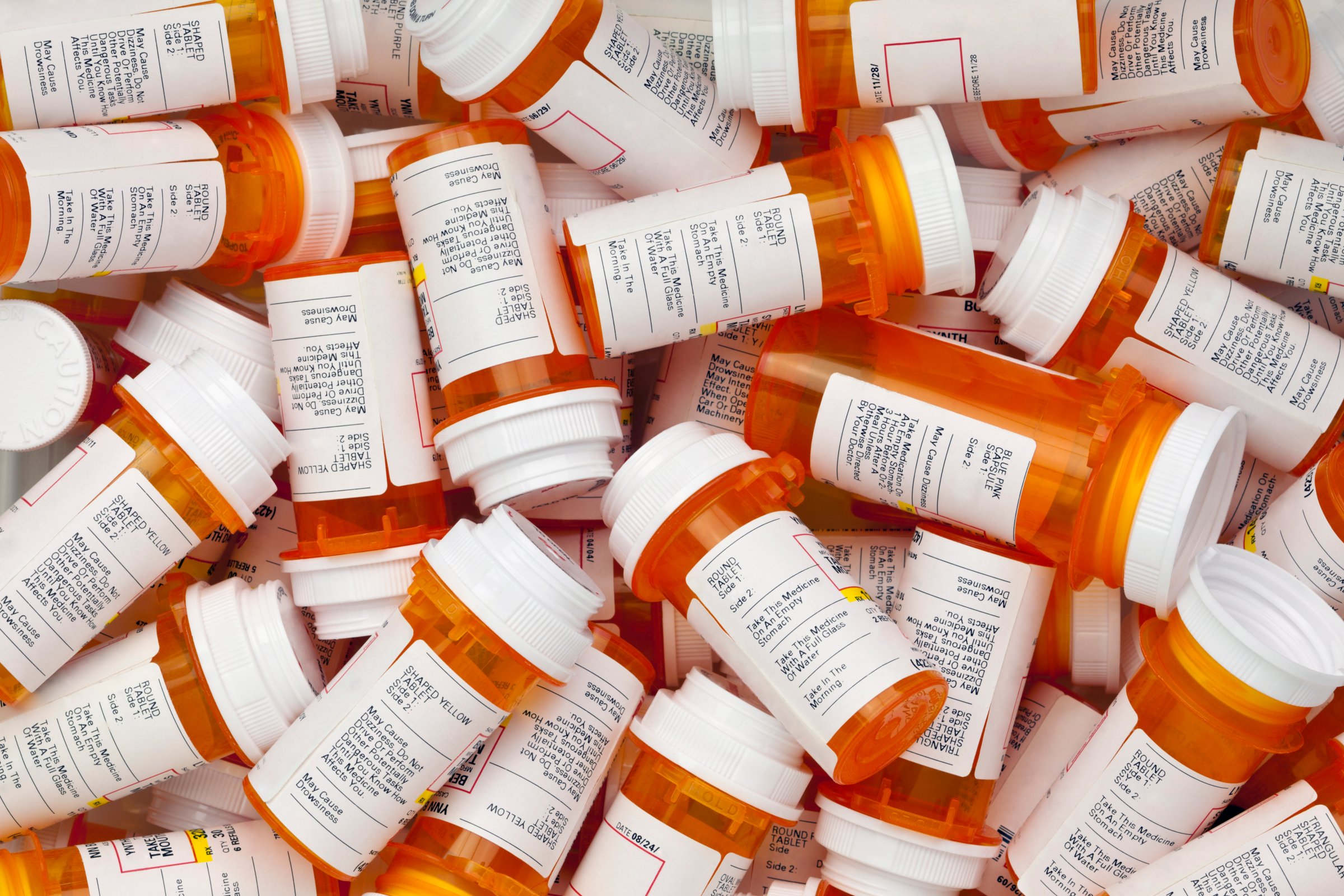
In October 2022, the U.S. Food and Drug Administration (FDA) announced a shortage of amphetamine mixed salts—a drug category that includes Adderall, the stimulant medication often used to treat attention-deficit/hyperactivity disorder (ADHD).
In the six months since, little has changed. Numerous amphetamine mixed salts products are still in short supply, although certain manufacturers expect to release additional inventory in April or May, according to an Apr. 10 update to the American Society of Health-System Pharmacists’ (ASHP) drug shortage database.
Half a year may seem like ample time to get more of a medication into production and circulation. But experts say ending a drug shortage is more complex than it seems—particularly when it comes to a heavily regulated substance like Adderall.
“Six months feels like a long time, and it absolutely is a long time for patients,” says Emily Tucker, an assistant professor of industrial engineering at Clemson University who studies drug shortages. “But in the broader context of the pharma industry, it’s very common to see shortages of over a year.”
Drug shortages are usually caused by manufacturing disruptions, Tucker says. When the FDA announced the Adderall shortage last year, it pointed to “ongoing intermittent manufacturing delays” at Teva Pharmaceuticals, a major supplier of Adderall.
But increasing demand seems to be a big factor, too. ADHD diagnoses and stimulant prescriptions are on the rise, apparently driven partially by relaxed prescribing standards during the pandemic and partially by better awareness and detection of the condition. That spike in demand seems to be constraining the available medication supply.
Read More: If You’re Feeling Anxious, Try This 2,000-Year-Old, Neuroscience-Backed Hack
On the surface, that seems like an easier problem to fix: if more people need a drug, simply make more of it. But “even if everyone wants to increase the production, it might just not be possible,” says Ozlem Ergun, a professor of mechanical and industrial engineering at Northeastern University and an expert in pharmaceutical supply chains.
Drug manufacturing is a multi-step process, explains Philip Almeter, chief pharmacy officer at UK HealthCare in Kentucky. Typically, different manufacturers are involved in first processing a drug’s active ingredients, then putting on finishes touches before it hits pharmacy shelves. “It’s not as simple as just making more,” Almeter says. “You have to make more at different levels.”
More from TIME
Many pharmaceutical manufacturing plants also operate at near-peak capacity and make multiple drugs under the same roof. Scaling up production of one drug could require ceasing or reducing production of another drug, leading to a domino effect, Ergun explains. “It’s not as easy as, ‘Why don’t you just go and jack up your manufacturing?’” she says.
Adderall is also a special case because it’s a controlled substance. Due to its potential for illicit sale and use, production is regulated by the U.S. Drug Enforcement Administration (DEA) as well as the FDA. To avoid having more of the drug in circulation than necessary, the DEA caps the amount of amphetamine available to manufacturers in a given year. Authorized manufacturers apply to receive a portion of the total supply and can request more if necessary, but the DEA may deny a request if the total quota has already been met, among other reasons.
Camber, a pharmaceutical company that makes amphetamine mixed salts, says it is waiting for the DEA to review its quota application, according to the ASHP’s drug shortage database. Teva representatives have also suggested that the DEA’s quota system is contributing to the ongoing shortage, Bloomberg reports. (Neither company responded to comment requests by press time.)
Read More: How to Be Mindful if You Hate Meditating
The DEA, however, has said otherwise. A representative for the DEA declined to comment for this story but highlighted a December 2022 entry in the Federal Register, which says U.S. manufacturers did not use the total allotted amphetamine supply in 2020, 2021, or 2022. “The majority of the manufacturers contacted by DEA and/or FDA have responded that they currently have sufficient quota to meet their contracted production quantities for legitimate patient medical needs,” it says. As a result, the DEA did not increase the quota for 2023, but maintains the authority to do so if necessary.
There’s so little transparency in the pharmaceutical industry that it’s difficult to know the real story behind the back-and-forth, Tucker says. Drug makers don’t need to publicly share much information about where their drugs are made and sourced, how much of them they make, or their overall production capacities. The DEA, meanwhile, doesn’t need to share all the details about how much of the amphetamine quota each company receives. That opaque system makes it hard to know exactly what’s causing a shortage.
“It’s very hard to correct a system when you don’t know what’s going on in the system,” Ergun says. She contributed to a recent report on improving medical supply chains for the National Academies of Science, Engineering, and Medicine, and one of its primary recommendations was increased transparency in the industry.
Without freer-flowing information, Tucker says there’s no telling when shortages will let up, though she’s encouraged that some manufacturers expect additional supplies this spring. The amount of media attention and public outcry about the Adderall shortage may also help resolve it relatively quickly, she says—which isn’t the case for many of the 160 drugs with reported shortages in the U.S. last year.
Those “are also a big deal,” Tucker says. “But perhaps they’re not getting this degree of attention.”
More Must-Reads from TIME
- Cybersecurity Experts Are Sounding the Alarm on DOGE
- Meet the 2025 Women of the Year
- The Harsh Truth About Disability Inclusion
- Why Do More Young Adults Have Cancer?
- Colman Domingo Leads With Radical Love
- How to Get Better at Doing Things Alone
- Michelle Zauner Stares Down the Darkness
Write to Jamie Ducharme at jamie.ducharme@time.com